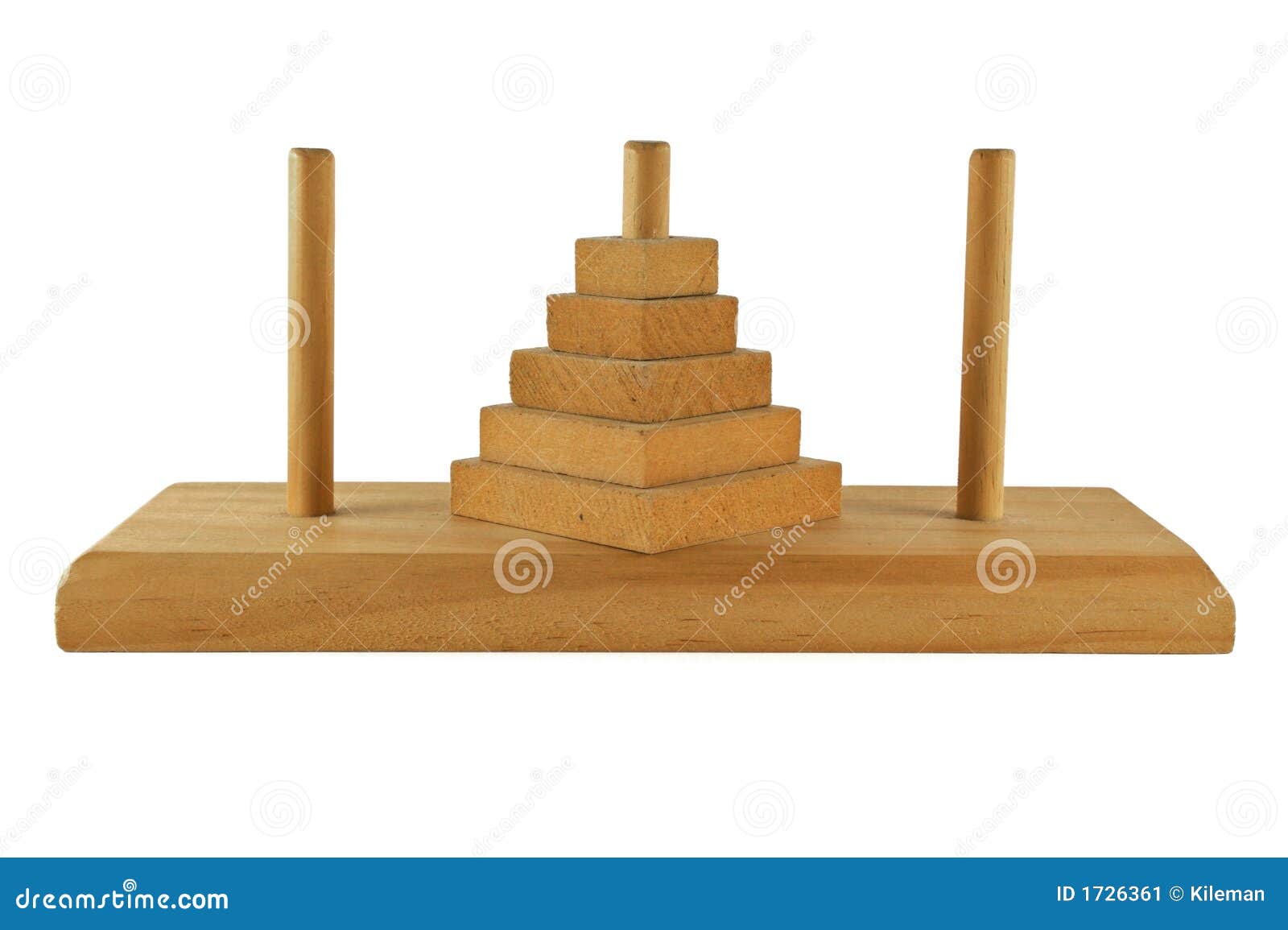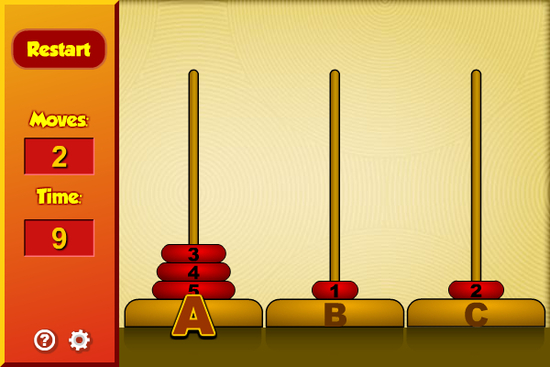
The sequence of these unique moves is an optimal solution to the problem equivalent to the iterative solution described above. Place the disk on the non-empty peg.Ĭonsidering those constraints after the first move, there is only one legal move at every subsequent turn.

For instance, in some tellings, the temple is a monastery, and the priests are monks. There are many variations on this legend. If the legend were true, and if the priests were able to move disks at a rate of one per second, using the smallest number of moves, it would take them 2 64 − 1 seconds or roughly 585 billion years to finish, which is about 42 times the current age of the universe. According to the legend, when the last move of the puzzle is completed, the world will end.
iostream01-wikipedia.jpg)
The puzzle is therefore also known as the Tower of Brahma.


Acting out the command of an ancient prophecy, Brahmin priests have been moving these disks in accordance with the immutable rules of Brahma since that time. Numerous myths regarding the ancient and mystical nature of the puzzle popped up almost immediately, including one about an Indian temple in Kashi Vishwanath containing a large room with three time-worn posts in it, surrounded by 64 golden disks. The puzzle was introduced to the West by the French mathematician Édouard Lucas in 1883. 4.4 General shortest paths and the number 466/885.2.2.1 Logical analysis of the recursive solution.2.1.1 Simpler statement of iterative solution.With 3 disks, the puzzle can be solved in 7 moves. No disk may be placed on top of a disk that is smaller than it.Each move consists of taking the upper disk from one of the stacks and placing it on top of another stack or on an empty rod.The objective of the puzzle is to move the entire stack to the last rod, obeying the following rules: The puzzle begins with the disks stacked on one rod in order of decreasing size, the smallest at the top, thus approximating a conical shape. The Tower of Hanoi (also called The problem of Benares Temple or Tower of Brahma or Lucas' Tower and sometimes pluralized as Towers, or simply pyramid puzzle ) is a mathematical game or puzzle consisting of three rods and a number of disks of various diameters, which can slide onto any rod. Tower of Hanoi interactive display at Mexico City's Universum Museum


 0 kommentar(er)
0 kommentar(er)
